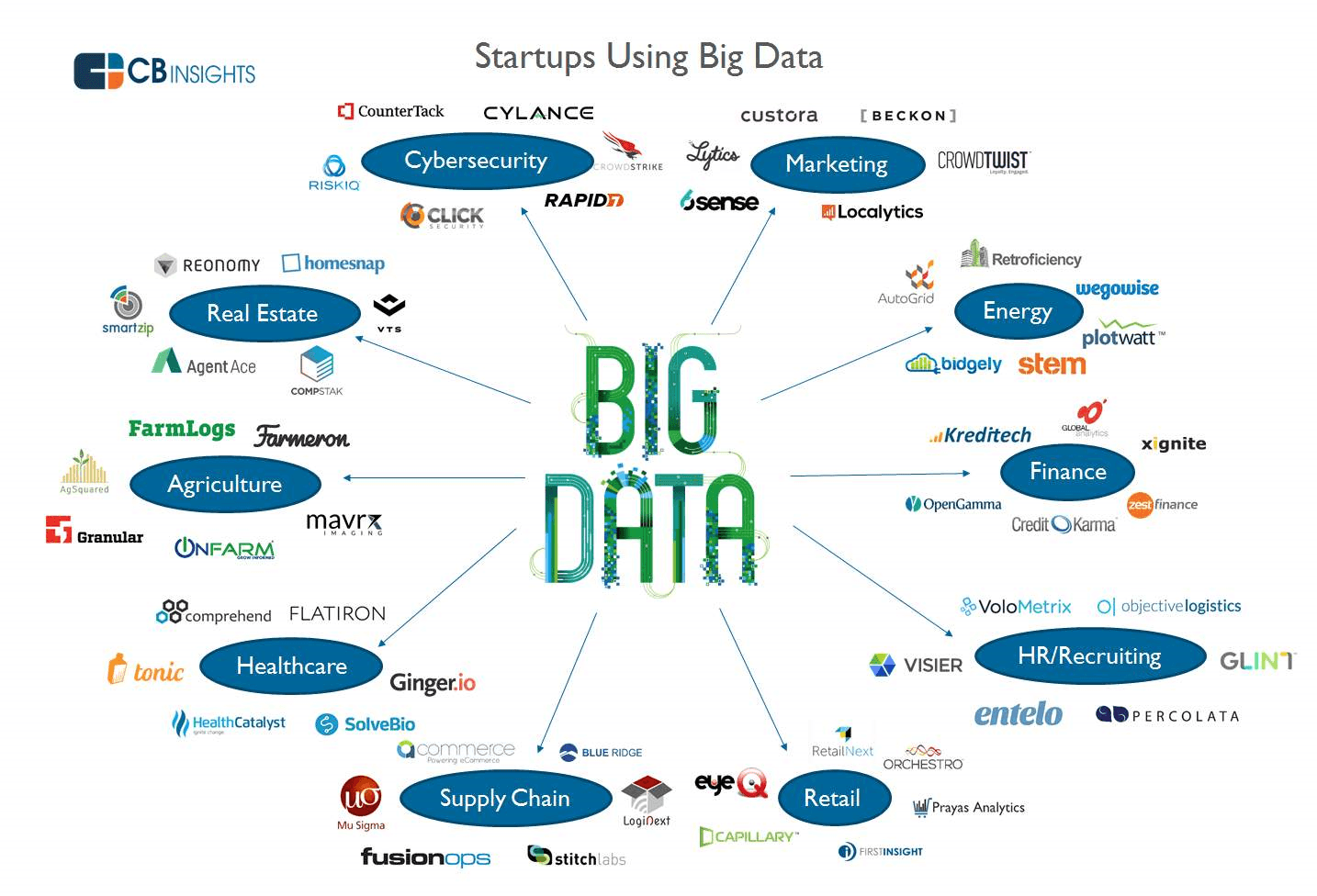
Big Data Analytics
Big data analysis of large amounts of data to uncover hidden patterns, correlations, and other insights. With today’s technology, it is possible to analyze your data and get answers from it immediately – a slower and less effortless effort using more traditional intelligence solutions.
Big Data Analytics
What is it and why is it important?
The history and evolution of big data analytics
The concept of big data has been around for years; most organizations now understand that if they capture all the data flowing into their business, they can apply analytics and derive significant value from that data. But even in the 1950s, decades before anyone uttered the term "big data," businesses used basic analytics (essentially numbers in a manually reviewed spreadsheet) to uncover insights and trends.
However, the new benefits brought by big data analytics are speed and efficiency. While a few years ago a business would be gathering information, running analytics, and extracting information that could be used for future decisions, today businesses can identify insights gained for immediate decisions. The ability to work faster – and stay agile – gives organizations a competitive advantage they didn't have before.
The Importance of Big Data Analytics
Why is big data analytics so important?
Big data analytics helps organizations leverage their data and use it to identify new opportunities. That analytics, in turn, leads to smarter business moves, more efficient operations, higher profits, and happier customers. In his report Big Data in Big Companies, IIA Director of Research Tom Davenport interviews more than 50 companies to understand how they use big data. He found that these companies gained value in the following ways:
Cost reduction. Big data technologies like Hadoop and cloud-based analytics bring significant cost advantages when it comes to storing large amounts of data – plus they can identify more efficient ways of doing business.
Faster, better decision making. With Hadoop's speed and in-memory analytics, combined with the ability to analyze new data sources, companies can analyze information immediately – and make decisions based on what they've learned.
New products and services. With the ability to measure customer needs and satisfaction through analytics comes the power to deliver what customers want. Davenport points out that with big data analytics, more companies are creating new products to meet customer needs.
Big data analytics in today's world
Most organizations have big data. And many understand the need to leverage that data and extract value from it. But how? These resources cover the latest thinking on the intersection of big data and analytics.
Who uses it?
Think of a business that relies on quick and agile decisions to stay competitive, and the odds are big data analytics is involved in making a business big. Here's how different types of organizations can use this technology:
Life Sciences
Clinical research is a slow and expensive process, with trials often failing for a variety of reasons. Advanced analytics, artificial intelligence (AI) and the Internet of Medical Things (IoMT) unlock the potential to increase speed and efficiency at every stage of clinical research by delivering smarter and more automated solutions.
Banking
Financial institutions collect and access analytical insights from large volumes of unstructured data to make sound financial decisions. Big data analytics enables financial institutions to access the information institutions need when they need it, eliminating redundant and redundant tools and systems.
Manufacture
For manufacturers, solving problems is nothing new. Manufacturers with tough problems every day - from complex supply chains, to mobile applications, to labor constraints, and equipment breakdowns. That's why big data analytics is so important in the manufacturing industry, as it enables competitive organizations to discover new cost-saving opportunities and revenue opportunities.
Health care
Big data is a given in the healthcare industry. Patient records, health programs, insurance information, and other types of information can be difficult to manage – but they are full of important insights once analytics are applied. That's why big data analytics technology is so important to healthcare. By quickly analyzing large amounts of information – both structured and unstructured – healthcare providers can quickly provide a life-saving diagnosis or treatment option.
Government
Certain government agencies face a major challenge: tightening budgets without compromising quality or productivity. This is especially difficult for law enforcement agencies, which struggle to reduce crime rates with relatively scarce resources. And that's why many institutions use big data analytics; technology streamlines operations while giving agents a more holistic view of criminal activity.
Retail
Customer service has evolved in recent years, as experienced shoppers expect retailers to understand exactly what they need, when they need it. Big data analytics technology helps retailers meet this demand. Armed with an endless resource of data from customer loyalty programs, buying habits and other sources, retailers not only have an in-depth understanding of their customers, they can predict trends, recommend new products – and increase profitability.
How it works and key technologies
There is no single technology that covers big data analytics. Of course, there are advanced analytics that can be applied to big data, but in reality several types of technology work together to help you get the most value out of your information. Here are the biggest players:
Machine Learning a specialized subset of AI that trains machines how to learn that covers big data analytics
Machine learning, a specialized subset of AI that trains machines how to learn, makes it possible to quickly and automatically generate models that can analyze larger and more complex data and deliver faster, more accurate results – even at very large scales. And by building the right models, organizations have a better chance of identifying profitable opportunities – or avoiding unknown risks.
Data management
Data must be of high quality and well organized before it can be analyzed reliably. With data constantly flowing in and out of an organization, it is important to establish an iterative process to establish and maintain data quality standards. Once the data is reliable, the organization must create a master data management program that keeps the entire company on the same page.
Data mining
Data mining technology helps you examine large amounts of data to find patterns in the data – and this information can be used for further analysis to help answer complex business questions. With data mining software, you can filter out all the muddled and repetitive noise of data, determine what is relevant, use that information to assess possible outcomes, and then speed up the pace of informed decision making.
Hadoop
This open source software framework can store large amounts of data and run applications on commodity hardware clusters. It has become a key technology for doing business due to the constant increase in volume and variety of data, and the distributed computing model can process big data quickly. An added benefit is that Hadoop's open source framework is free and uses commodity hardware to store large amounts of data.
In-memory analytics
By analyzing data from system memory (rather than from your hard disk drive), you can gain immediate insights from your data and act on it quickly. This technology can remove the latency of data preparation and analytical processing to test new scenarios and create models; this is not only an easy way for an organization to stay agile and make better business decisions, it also allows it to run iterative and interactive analytical scenarios.
Predictive analytics
Predictive analytics technology uses data, statistical algorithms and machine learning techniques to identify possible future outcomes based on historical data. It's all about giving the best assessment of what the future holds, so organizations can feel more confident that they are making the best possible business decisions. Some of the most common applications of predictive analytics include fraud detection, risk, operations, and marketing.
Text mining With text mining technology, you can analyze text data from the web, commentary fields, books, and other text-based sources to uncover insights you haven't noticed before. Text mining uses machine learning or natural language processing technology to combine documents – emails, blogs, Twitter feeds, surveys, competitive intelligence, and more – to help you analyze large amounts of information and discover new topic and term relationships.



